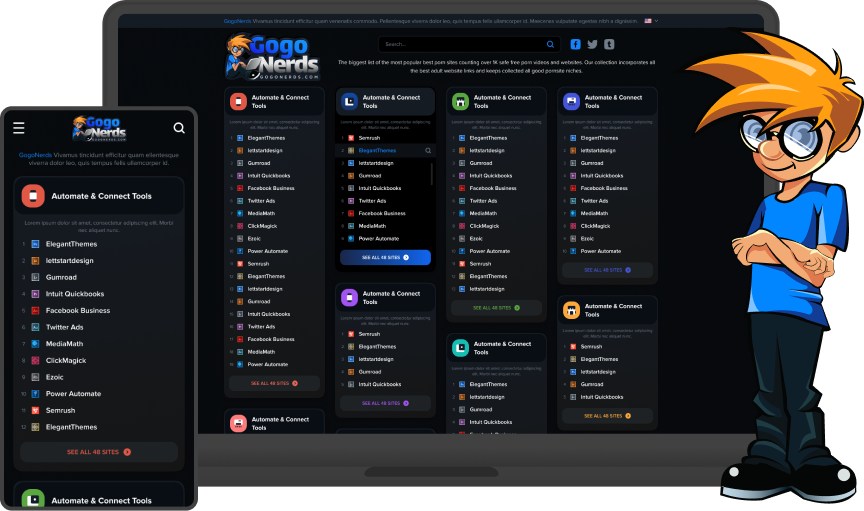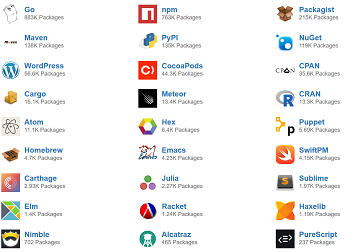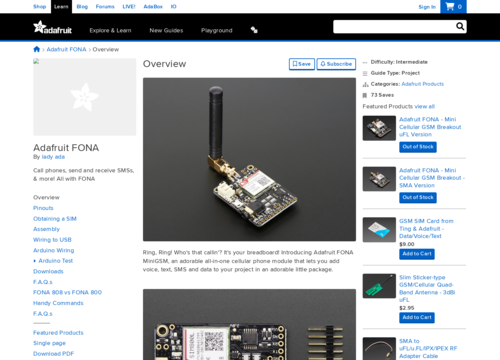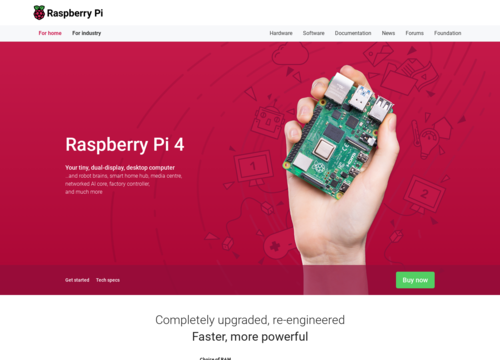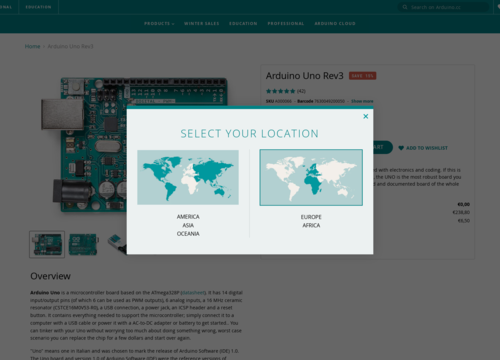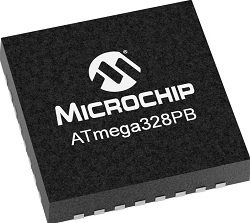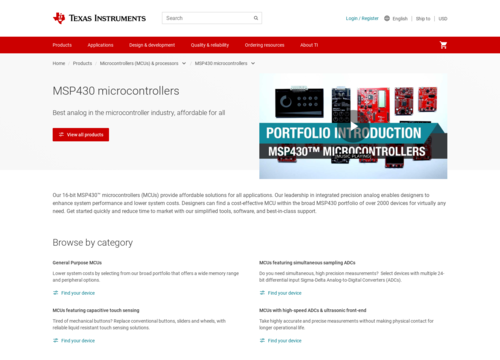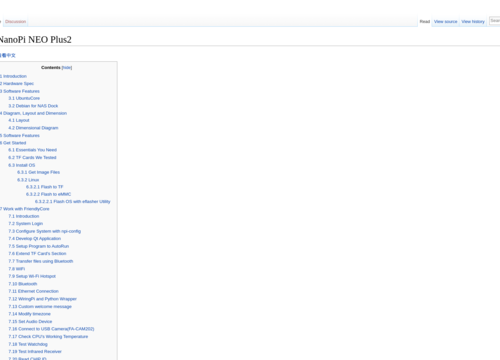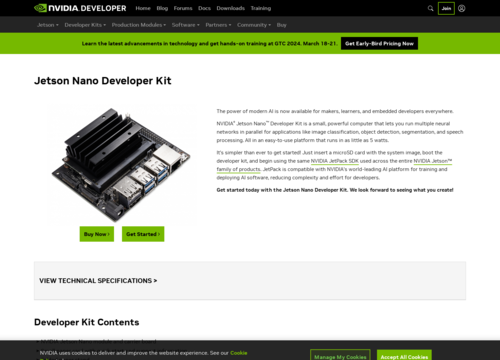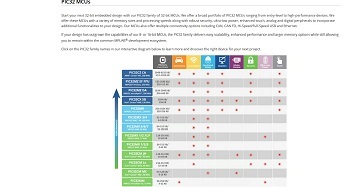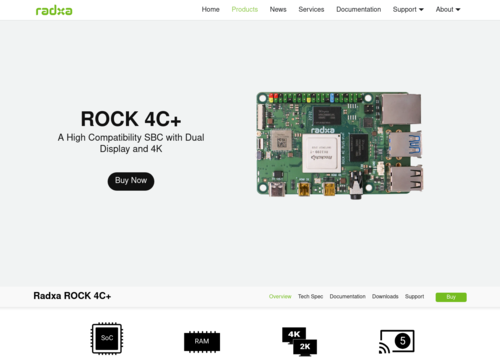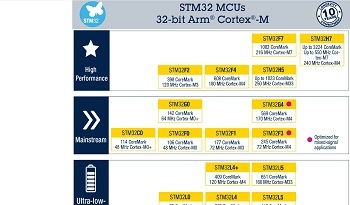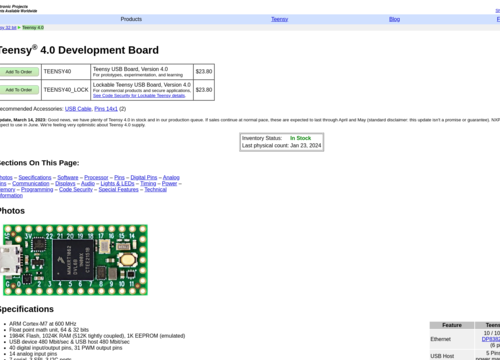Raspberry Pi Pico
https://www.raspberrypi.com/products/raspberry-pi-pico/Raspberry Pi Pico
Raspberry Pi Pico is a significant departure from previous Raspberry Pi models because it focuses on microcontroller applications rather than being a standalone mini-computer. Introduced by the Raspberry Pi Foundation, this approach is particularly notable for several reasons:
Microcontroller Core
Unlike its predecessors, which are based on ARM CPUs, the Raspberry Pi Pico is built around the RP2040 microcontroller chip and was designed in-house by the Raspberry Pi Foundation. This microcontroller features a dual-core ARM Cortex-M0+ processor operating at up to 133 MHz.
Memory and Storage
This includes 264 KB of SRAM and 2 MB of onboard flash memory. This is in stark contrast to the Raspberry Pi models, which use microSD cards for storage. pico's memory setup is more in line with typical microcontroller specifications.
I/O Capabilities
The Pico offers a wide array of input/output options, including 26 multifunctional GPIO pins, 2 SPIs, 2 I2Cs, 2 UARTs, 3 12-bit ADCs, and 16 controllable PWM channels. This makes it highly adaptable for a variety of hardware projects, from simple LED controls to more complex robotic applications.
Programming flexibility
Can be programmed using C/C++ SDK provided by Raspberry Pi; otherwise, for those familiar with Python, the option is to use MicroPython. This flexibility makes it accessible to a wide range of users, from those comfortable with lower-level programming to enthusiasts and educators who prefer Python.
Power and Connectivity
The Pico is powered via a micro-USB connector and does not include onboard wireless connectivity. However, it can be interfaced with external modules for WiFi or Bluetooth connectivity if needed.
Form Factor and Cost
The Pico is small, roughly the size of a stick of gum, making it ideal for compact projects. It is also notably inexpensive, aligning with the Raspberry Pi Foundation's goal of making computing and electronics more accessible.
Community and Support
As with other Raspberry Pi products, the Pico benefits from a large and active community. This means that a wealth of tutorials, project ideas, and troubleshooting help is readily available online.
Applications
The Pico is suitable for a wide range of applications, especially in the realm of the Internet of Things (IoT), embedded systems, and learning environments. Its ability to interact with sensors and control motors also makes it a good choice for robotics.
Ease of Use
One of the key features of the Raspberry Pi Pico is its ease of use, especially for beginners. The board can be easily programmed by simply connecting it to a computer with a USB cable and dragging and dropping a file. This simplicity lowers the barrier to entry for those new to electronics and programming.
Customizability and Expansion
Pico's design not only is compact but also leaves room for expansion. Users can solder headers to GPIO pins, allowing them to connect a wide range of external devices, such as sensors, displays, and motors. This customizability makes it a popular choice for DIY projects and educational purposes.
Low Power Consumption
The Pico is designed to be energy-efficient, making it suitable for battery-powered applications. This efficiency is crucial for projects that require long-term, standalone operation, such as environmental monitoring or wearable technology.
Target Audience
While the Raspberry Pi series of single-board computers is often used by hobbyists, educators, and professionals for computing tasks, the Pico targets users interested in embedded systems and microcontroller-based projects. It is particularly appealing to those in the maker community and in education sectors where hands-on learning with electronics is encouraged.
Documentation and Resources
The Raspberry Pi Foundation provides extensive documentation for the Pico, making it easier for users to start and explore its capabilities. This includes detailed datasheets, hardware design guides, and software development resources. The availability of these resources ensures that users can maximize the potential of the Pico in their projects.
Comparison with Other Microcontrollers
In the microcontroller market, the Raspberry Pi Pico competes with other popular boards, such as the Arduino and ESP32 boards. While each of these boards has unique features and strengths, the Pico standard stands out for its balance of performance, ease of use, and cost-effectiveness.
Future Potential
The release of the Raspberry Pi Pico opens up new possibilities for the Raspberry Pi Foundation and its community. Given the foundation's track record of supporting and updating their products, it is likely that the Pico will continue to evolve, with more resources, accessories, and possibly new variants being introduced in the future.
In conclusion, the Raspberry Pi Pico represents a significant and exciting expansion of the Raspberry Pi ecosystem. Its combination of performance, affordability, and ease of use makes it an excellent choice for a wide range of applications, from educational projects to sophisticated electronic designs. As it has gained popularity, it is expected to play a significant role in fostering innovation and learning in the fields of electronics and computer science.

